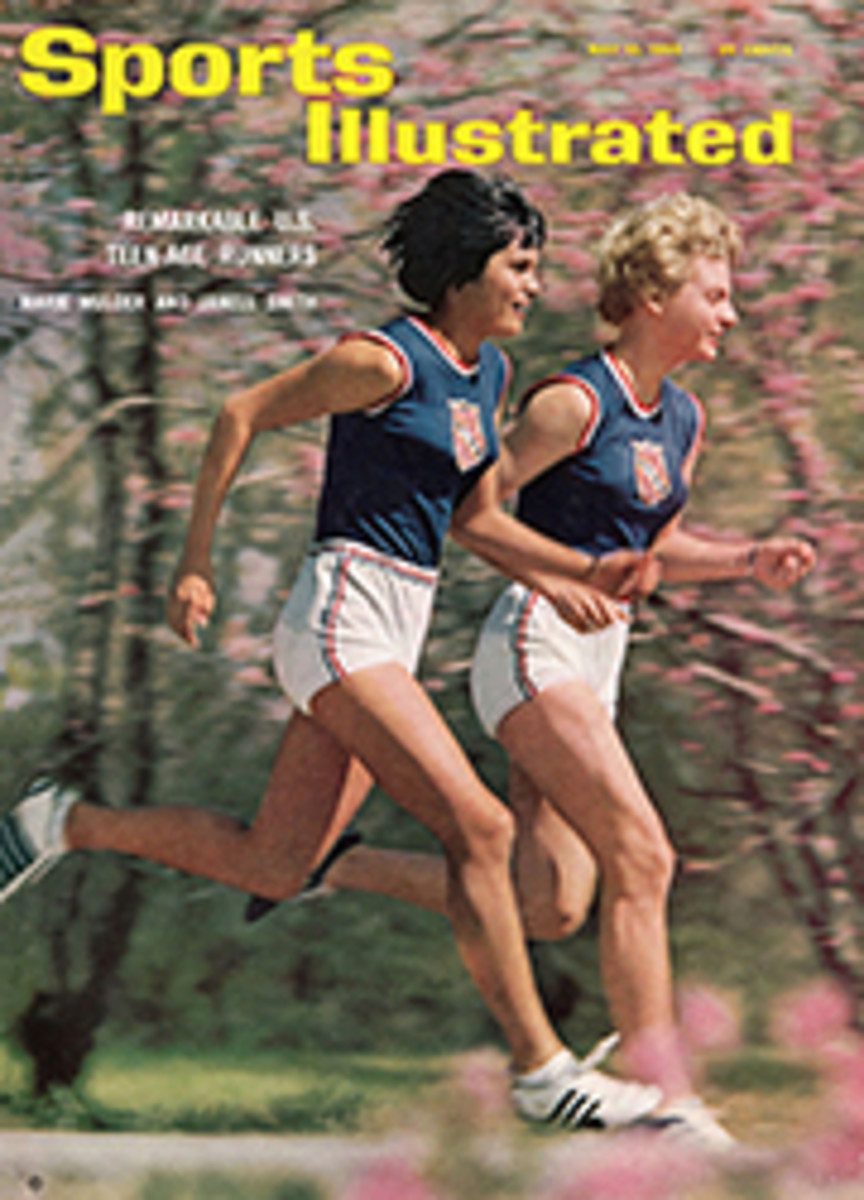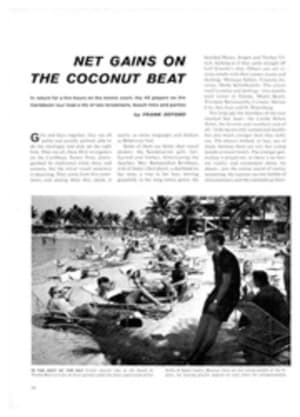
LETTER FROM THE PUBLISHER
Our interest in the land is not confined to the wonderfully varied hunting and fishing opportunities it provides; we like to help Americans to study and enjoy nature and to light to preserve its beauties.
Lyndon Johnson has probably shown more interest in these matters than any President since Teddy Roosevelt. Thus the sensitive story on the L.B.J. country (page 76), written for us by another Texan, Edwin Shrake, is apt in more than one sense. It goes far to explain President Johnson's solid, sentimental attachment to the Hill Country of central Texas—the sort of country, Shrake says, "where a man is on the earth under a big sky and there is no way to fake it."
This tribute to L.B.J. country, and to its wild turkeys and white-tailed deer, its bobcats, coyotes, wild horses, Mexican juniper, Spanish oak and scrub cedar and mesquite. is in a journalistic tradition that has produced some of this magazine's best writing. In the past decade NATURE and CONSERVATION have been regular editorial departments. Five years ago Coles Phinizy told an enlightening story of the painstaking research conducted on ducks and geese at the isolated Delta Waterfowl Research Station on Lake Manitoba, Canada (SI, June 6, 1960), and over the years John O'Reilly has kept us abreast of developments in Florida's Everglades National Park, of the struggle for survival of the whooping crane, and of the joys and jolts of campers when confronted with nature in the raw.
The special beauty and tranquility of Minnesota and Ontario were delicately reflected in a piece by Jack Olsen (SI, July 25, 1960). In such a wilderness, he wrote, the canoeing camper "looks at his watch less often. ...He arrives at his destination campsite a few hours later but suddenly realizes that it matters not at all. The white-throats and the whisky-jacks, the bears and the squirrels are there waiting for him. In Quetico-Superior the animals and the birds, the lakes and the trees are the landlord, and man is the tenant, endured but not integrated."
Nature Writer Bil Gilbert has contributed his share. He has written charmingly of minks and shrews, white-water canoeing and mushrooms. In his Paean to a Winged Hunter (SI, Feb. 4, 1963) Gilbert told of trapping a big, strong-flying red-tailed hawk (he named it Tor) and manning it by bargaining "persistently, grudgingly, over the one thing the bird needs from man—food." Gilbert described that emotional moment when the falconer throws his bird into the air for the first time, praying that a whistle will bring it back to his fist. Tor did come back and stayed with the family until Gilbert released it the following spring during the northward migration.
It suffices not to report the beauties of the land and its creatures; they also have to be defended. We hope we are doing that. Recently, when Robert H. Boyle wrote passionately about conservation, Secretary of the Interior Stewart L. Udall commented that the author's anger was "fully justified" but chided the magazine for not publishing such an article every week. Well, it would be difficult to do that and still satisfy all the sporting appetites of our readers. But we plan to stay in the fight.
To change the subject abruptly, we are proud to report that the Overseas Press Club of America has conferred one of its most coveted awards on this magazine. The citation is for Best Magazine Reporting from Abroad in 1964. Said the OPC: "SPORTS ILLUSTRATED had its quadrennial big chance—the ultimate in sports events, the Winter and Summer Olympics—and it made the most of it. The scope of its coverage won hands-down acclaim of OPC's magazine judges this year over contenders in all other fields." We are grateful to the Overseas Press Club for this recognition, and also to Senior Editors Ezra Bowen and Andrew Crichton, who directed the teams that earned it.

